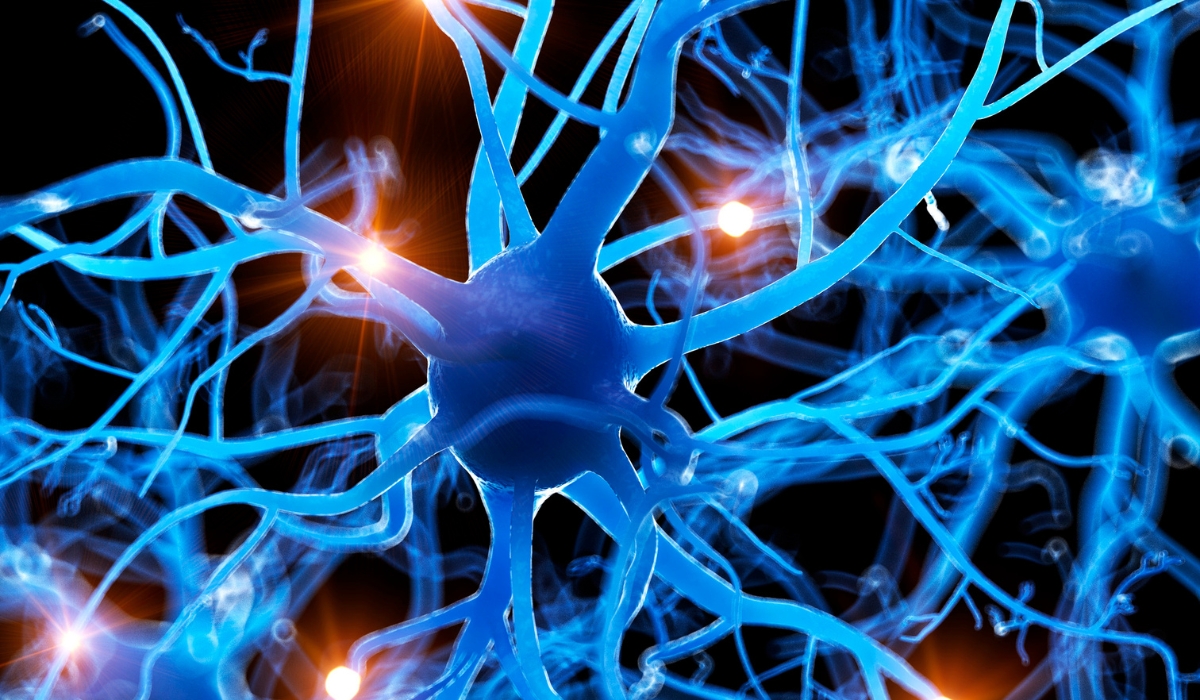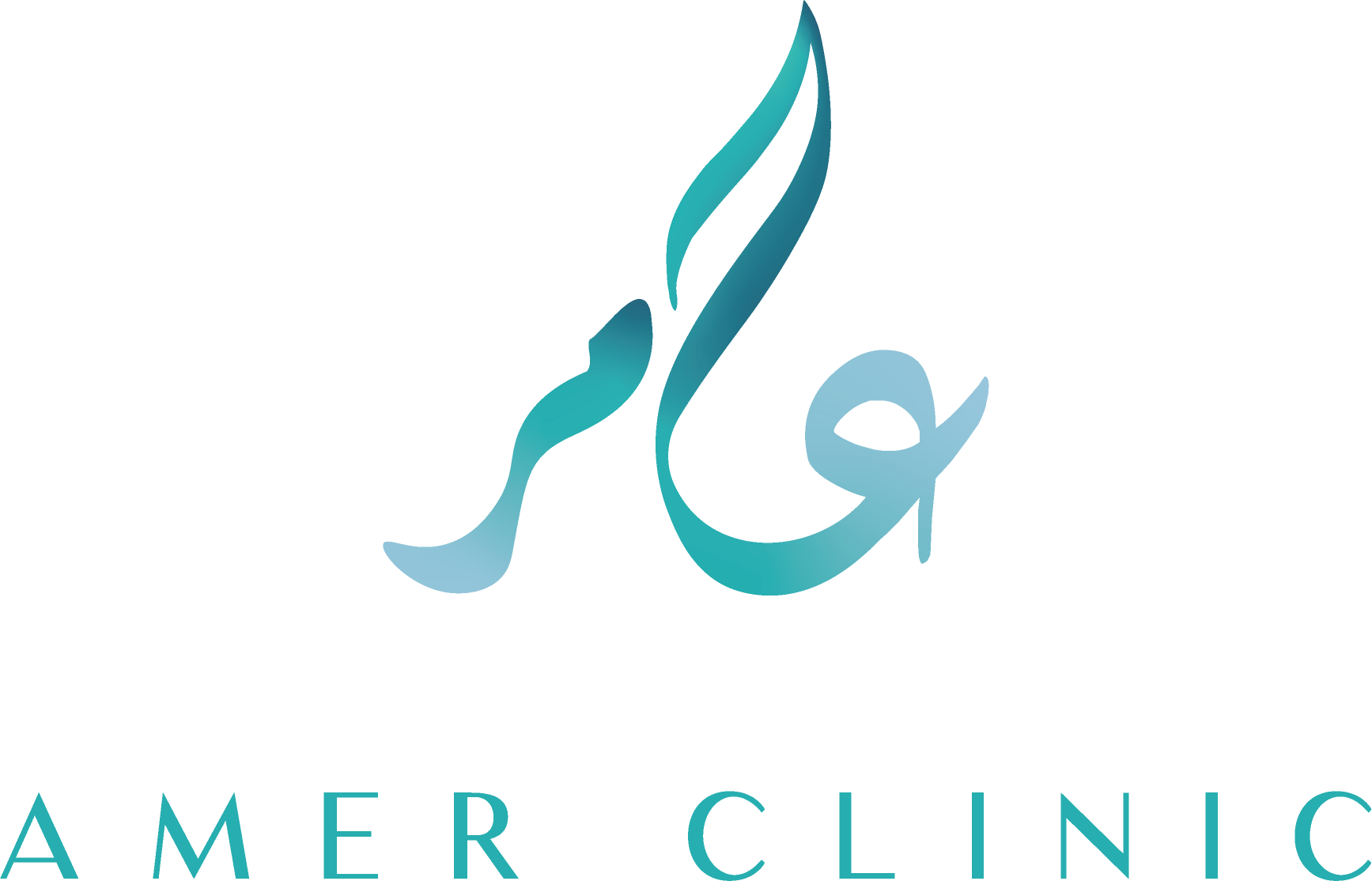
Table of Content
-
Anatomy of the Facial Nerve
-
Functions of the Facial Nerve
-
Common Causes of Facial Nerve Dysfunction
-
Symptoms of Facial Nerve Damage
-
Diagnosis and Assessment
-
Treatment Approaches
-
Psychological and Social Impact
-
Recovery and Prognosis
-
Preventive Measures and Early Intervention
-
Why Choose Amer Facial Paralysis Center
-
Frequently Asked Questions (FAQ)
-
References and Resources
Anatomy of the Facial Nerve

The seventh cranial nerve emerges from the brainstem at the pontomedullary junction and travels through the temporal bone before branching into five main divisions across the face:
-
Temporal branch
-
Zygomatic branch
-
Buccal branch
-
Marginal mandibular branch
-
Cervical branch
These branches innervate nearly all muscles responsible for facial expressions, eyelid closure, and lip movement. Damage to any part of this pathway can result in facial paralysis or weakness.
Functions of the Facial Nerve
The facial nerve has both motor and sensory functions:
-
Motor: Controls muscles of facial expression (smiling, frowning, blinking).
-
Sensory: Provides taste sensation from the anterior two-thirds of the tongue.
-
Parasympathetic: Stimulates tear glands and salivary glands.
This multifunctional role explains why damage can lead to such a wide spectrum of symptoms.
Common Causes of Facial Nerve Dysfunction
Bell’s Palsy
The most common cause of acute facial paralysis, thought to result from viral inflammation.
Trauma and Injury
-
Skull base fractures
-
Birth trauma in infants
-
Surgical injury during ear or parotid gland operations
Tumors
-
Acoustic neuromas
-
Parotid gland tumors
-
Skull base neoplasms
Infections
-
Herpes zoster oticus (Ramsay Hunt syndrome)
-
Lyme disease
-
Chronic otitis media
Neurological Disorders
-
Multiple sclerosis
-
Guillain–Barré syndrome
Symptoms of Facial Nerve Damage
-
Sudden weakness or paralysis on one side of the face
-
Inability to close the eye fully
-
Drooping of the mouth corner
-
Difficulty speaking or eating
-
Loss of taste
-
Dry eyes or excessive tearing
-
Emotional distress due to facial asymmetry
Diagnosis and Assessment
At Amer Facial Paralysis Center, diagnosis begins with a comprehensive evaluation:
-
Neurological examination
-
Electromyography (EMG)
-
Nerve conduction studies
-
MRI and CT imaging
-
Functional grading using House-Brackmann scale
Treatment Approaches
Medical Treatments
-
Corticosteroids (for Bell’s Palsy)
-
Antivirals (in viral causes)
-
Antibiotics (in bacterial infections)
Surgical Interventions
-
Nerve decompression
-
Tumor excision with nerve preservation
-
Direct nerve repair
Physical Therapy and Rehabilitation
-
Neuromuscular retraining
-
Electrical stimulation
-
Massage therapy
Advanced Microsurgical Options at Amer Facial Paralysis Center
Dr. Tarek Amer specializes in cutting-edge surgical procedures including:
-
Cross-facial nerve grafting
-
Nerve transfer (hypoglossal-facial, masseteric-facial)
-
Free functional muscle transfer (gracilis muscle)
Psychological and Social Impact
Facial paralysis often leads to:
-
Social withdrawal
-
Loss of self-confidence
-
Anxiety and depression
At Amer Facial Paralysis Center, psychological support and counseling complement surgical and medical treatment.
Recovery and Prognosis
Prognosis depends on the cause and extent of injury.
-
Bell’s Palsy: 70–80% recover fully with treatment.
-
Trauma or tumor-related: prognosis varies, often requires surgical intervention.
-
Early treatment leads to better outcomes.
Preventive Measures and Early Intervention
-
Treat ear infections promptly
-
Manage chronic diseases like diabetes and hypertension
-
Seek medical help immediately at first signs of paralysis
Why Choose Amer Facial Paralysis Center
-
Led by Dr. Tarek Amer, a renowned plastic surgeon specializing in facial nerve reconstruction
-
State-of-the-art microsurgical facilities
-
Multidisciplinary approach (neurology, ENT, plastic surgery, rehabilitation)
-
Personalized care plans
-
Proven track record with international patients
Frequently Asked Questions (FAQ)
Q: How long does it take to recover from facial nerve injury?
A: It varies from weeks (Bell’s Palsy) to months or years (surgical cases).
Q: Can surgery restore my smile?
A: Yes, modern microsurgery offers highly successful smile reanimation techniques.
Q: Is treatment painful?
A: Most procedures are minimally invasive, and rehabilitation is well tolerated.
Take the First Step Toward Recovery and Confidence
Facial paralysis doesn’t have to define your life. With the expertise of Dr. Tarek Amer and the advanced microsurgical solutions at the Amer Facial Paralysis Center, thousands of patients have regained their smiles, confidence, and quality of life. Don’t wait until symptoms worsen—early treatment leads to better outcomes.
Call us today to book your consultation.
Let us help you restore not only your facial function, but also your confidence and peace of mind.
